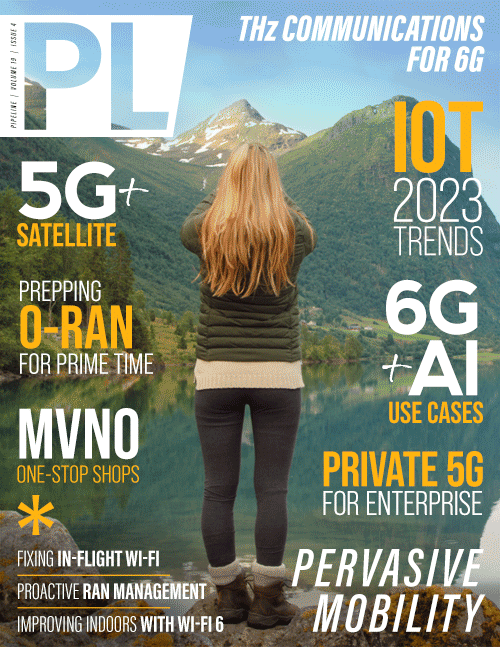Looking Ahead to IoT Trends for 2023
A wake-up call for enterprise IoT
While consumer IoT might be the immediate focus for industry watchers, organizations planning to adopt and evolve their IoT systems should remain attentive to industrial sector developments. Perhaps the biggest surprise of 2022 was Google’s quiet pull back from offering its IoT platform services. In basic terms, IoT platforms contain a toolkit of software functions that help providers to deploy and maintain their IoT systems.
Device management is one such function that is required in every IoT system. Other highly reusable functions include location tracking, security, and configurable policies to manage access control for privacy and selective data-sharing purposes. Because developers use them repeatedly to build, deploy, and support IoT systems, they are often labeled common service functions (CSFs).
In the aftermath of Google’s announcement, smaller providers raced to help organizations migrate their IoT solutions to other platforms. These efforts will succeed to the degree that users understand what risks they are taking. For example, what happens if their new provider is acquired? Might their provider go out of business? What guarantee is there that their provider will not pivot to a different value proposition? These are real considerations when viewed in the light of Google’s financial might not being enough to carve out a viable stake or commit to a long-term presence in the growing IoT sector.
During 2023, expect adopters and strategic users of IoT to be much more hard-nosed about the survivability of their providers. This includes risk-management considerations about providers’ technology roadmaps and migration capabilities, both for individual deployments and their associated data.
IoT evolution and innovation expectations
The early challenges in the IoT market tackled issues of wide-area and mobile connectivity. Through industry ecosystem efforts, a string of developments simplified adoption. By focusing on scale economies, they also improved affordability. As the IoT sector has matured, organizations are beginning to identify new requirements that build on top of a foundation of ubiquitous connectivity.
One of these new requirements takes a systems view to IoT. It projects a future where individual IoT solutions are elements in larger and cooperative IoT systems. Take the examples of a smart city or an intelligent transport system—in both situations, there is value in cross-connecting applications. An example involves sharing IoT data and coordinating activities between three IoT systems: for private vehicles, for public transport networks, and for municipal fleets. IoT-data sharing could improve traffic management and improve emergency responsiveness. Then, there are environmental-quality application opportunities that leverage dynamic street lighting systems and pollution monitoring sub-systems. The systems view is essential for cross-silo and federated systems.
This leads to a second set of requirements for new, common service functions. These encompass common data models to enable semantic data sharing between different users and organizations. Another emerging requirement is for reusable AI tools based on standardized techniques for building AI into IoT systems.
These are two examples of how IoT requirements are evolving. They are also structural drivers that will shape how IoT-platform and service providers organize their solution roadmaps. Over 2023, expect to see a shift beyond connectivity into the realms of services that improve the ease of data sharing, both technically and commercially.
Alignment with external influences
The IoT industry does not exist in isolation, so it should come as no surprise to see its future being shaped by external factors. Sustainability is one factor whose role will continue to grow in 2023. For evidence of this, look no further than the stream of studies and research reports emanating from IoT industry analysts whose views mirror industry preoccupations. Beyond addressing the role of IoT in enabling sustainability, expect to see technology providers designing capabilities to make IoT itself sustainable. This will involve many small improvements to improve the carbon footprint of power-and processor-constrained devices.
Augmented reality and metaverse concepts are another external development that will affect the IoT sector in 2023. There is a close connection because the delivery of metaverse experiences relies on IoT sensors and the application of IoT data to create digital twins of the objects being studied. In the educational sector; this might mean that biology students would allow students to “walk” around a digitally rendered and interactive version of a plant. Eventually, novel interfaces and IoT sensors will support touch and smell sensations. There are parallels in the industrial context where technicians can practice repairs in a virtual setting or remotely intervene on machinery. While these possibilities will take years to materialize, expect to see investments and experiments during 2023.



















